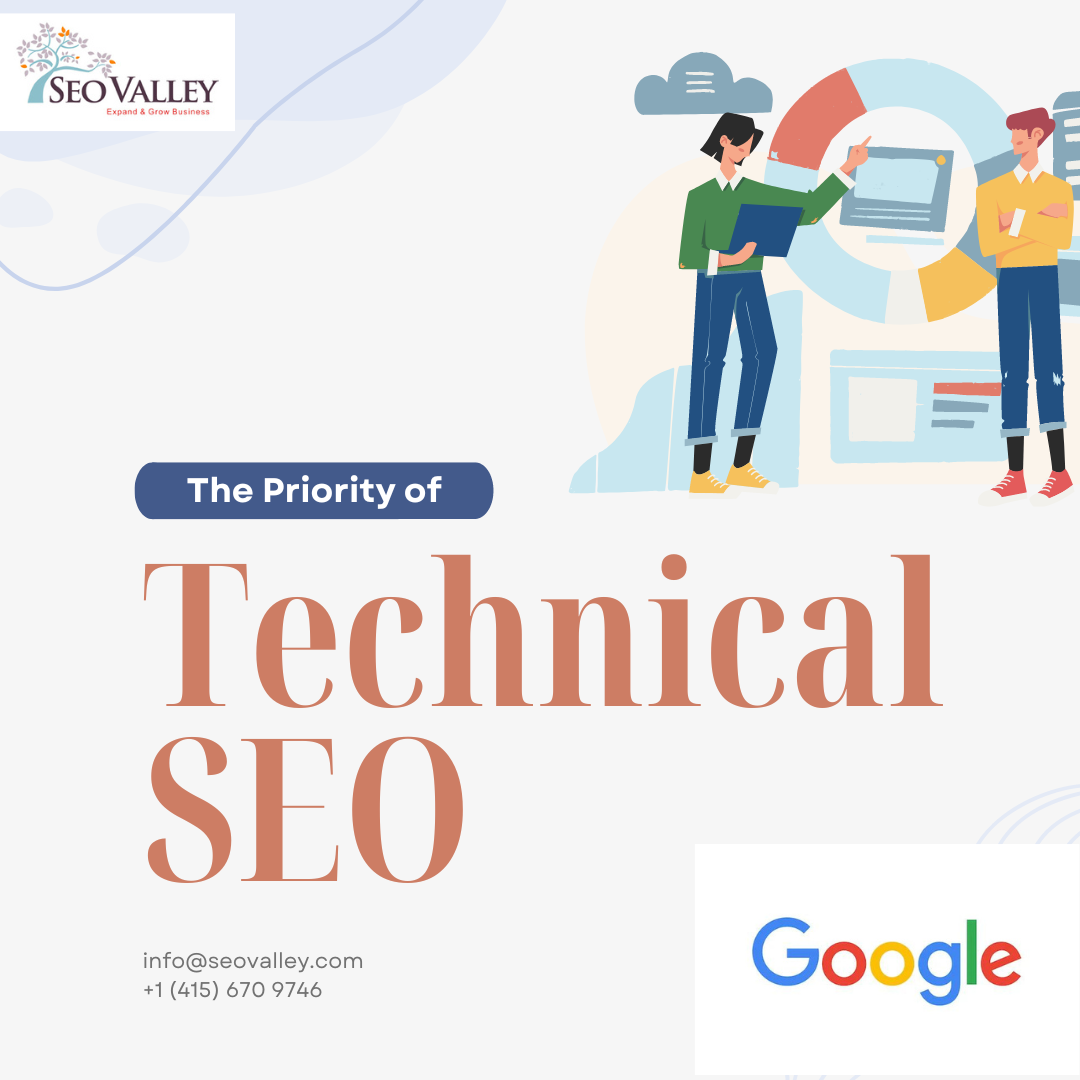“Crawl budget” is one of the most essential concepts in SEO, but it is typically not prioritized—and is sometimes completely ignored. SEO specialists become too busy addressing other issues that they end up making it the least of their priorities.

But is it really important? Crawl budget pertains to the frequency or rate at which crawlers go over your domain’s pages. This rate is a tentative balance between the overall desire of Google to crawl the domain and the crawlers’ attempts to not overwhelm your server. The word “budget” here refers to the volume of requests the Googlebot can make simultaneously without straining the server.
The first to understanding the importance of crawl budget is understanding what crawl demand is all about. It refers to the frequency at which Google wants to crawl the site according to the subject matter. For instance, it’s likely for a site that’s focused on delivering breaking news to be have a higher crawl demand compared to a site that shares recipes.
Optimizing crawl budget is a means to increase the rate of attracting search engine bots so they visit your pages and crawl your domain more often. The goal is to make them visit your site as frequently as possible so they can quickly index your pages—particularly those that have been updated. As a result, you’ll spend less time optimizing your website and your rankings can improve the soonest.
With crawl budget being so important, you might think that SEOs prioritize it, right? Well, that’s not exactly the case.
Crawl budget optimization is often ignored because according to Google, crawling by itself isn’t a factor for ranking. This is why many SEO specialists disregard it altogether. The scale of a website also determines if it’s worth investing time and effort on this matter. For a website with millions of pages, crawl budget optimization certainly makes sense, but a modest-sized domain might not need it.
How does Google determine what to crawl?
Google decides its crawl demand and crawl rate according to how frequent changes are made on the content. Thus, pages that are not updated often will not be crawled as frequently as others.
You should also know that Google relies on last modified dates, HTTP headers, and ETags to find out how often the content must be crawled. ETags are caching headers with the content’s fingerprint for detecting changes made over time.
Other important things to know about crawl budget
- The quality of content has nothing to do with how frequently it is crawled. High-quality content is not always crawled. And just because a page isn’t crawled frequently doesn’t mean it is lacking in quality.
- If Google tests your server, you might notice a boost in crawl activity, a decrease, and another increase—much like a wave pattern on your log files.
- Rendering can be affected by crawl budget because Googlebot acquires additional resources as it renders, and those are sourced from the crawl budget of the site. You should also know that Google can aggressively cache resources to avoid recrawling them.
- There are ways to help Googlebot crawl your site more efficiently. But to do that, you need to block resources that you think don’t need to be crawled. Warning: Be sure NOT to block the resources in robots.txt, as Googlebot needs them to render content the way visitors see it on their browser.
Unfortunately, there is no direct way to tell Googlebot to crawl your site more often. You can limit its crawling, but you can’t command it to crawl as often as you want it to.
Are you looking to improve your crawl budget? SEOValley can help. Contact us today for comprehensive SEO solutions.





